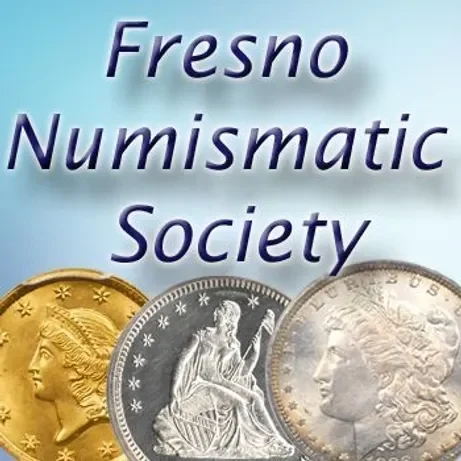The first silver coins were produced around 600 BC in various locations including Lydia (in present-day Turkey) and India. The Greeks began striking silver coins before 500 BC and were likely the most prolific silver coin producers of their time. Silver coin production continued with the Romans and with practically every other empire, kingdom, and country for the following two thousand years. It’s only in the modern age that circulating silver coinage has been discontinued. While silver is obviously still a precious metal, it is no longer used to make coins for commerce.
Category: Coin Article
Error Coins
Often errors occur during the coin manufacturing process. Depending on the nature of the error, the resulting abnormal coin may have no significant extra value, it may carry a slight to moderate value premium to an error specialist, or it may be very valuable. This article shows examples of several types of error coins.
The Silver “Owl” of Ancient Greece
The Fresno Numismatic Society hosted our annual Coin Show on October 23 and 24, 2020. As usual, we had an excellent group of dealers who offered a great variety of coins and currency. I spotted an exceptional coin in the display case of dealer Glen Schinke. It is an Athens Attica silver tetradrachm from ancient Greece. This coin is popularly known as an “owl” because of the owl figure that dominates the reverse side. I have been aware of this coin ever since my parents picked up a brass replica piece at the New York Natural History Museum in about 1964. It only took 56 years, but I finally have one to call my own. Even though it’s over 2400 years old, it is extremely well-made and well-preserved. Here are some photos of this wonderful coin.
The Mints that Coined Southern Gold
Charlotte, Dahlonega, and New Orleans
The first mint in the United States was established in Philadelphia and commenced regular coining operations in 1793. Despite the best efforts of mint personnel, for many years the output of the mint was not sufficient to meet the commerce requirements of the young nation. Official US coins circulated alongside a wide variety of foreign coins, private tokens, and paper bank notes. Gold coins in particular were practically unknown in circulation, primarily because the official standard ratio of 1 ounce of gold to 15 ounces of silver undervalued the gold in comparison to the European standard. Most American gold coins were exported and melted for bullion. This problem was eventually solved by the passage of a law in 1834 that reduced the amount of gold in the coins. It was no longer profitable to melt coins for bullion so they began to be seen in circulation.
The 1885-CC Morgan Dollar
As far as national events go, 1885 was a quiet year. Some noteworthy events that happened were on February 18th, when the literary classic “The Adventures of Huckleberry Finn” by Mark Twain was first published. On February 21st President Chester A. Arthur dedicated the Washington Monument. On March 4th Grover Cleveland succeeded Chester A. Arthur as President of the United States. On July 23rd, President U. S. Grant lost his final battle, dying of cancer at age 63. 1885 was also the year that President Cleveland signed off on the first closure of the Carson City Mint. Some coins were produced prior to that closure however, including the 1885 Morgan Dollar.
A Brief Description of Civil War Tokens
Tokens constitute an important and popular field within numismatics and are pursued by avid collectors worldwide. In the United States many token afficionados concentrate on Civil War tokens issued from 1862 to 1864. There are thousands of different Civil War tokens (CWTs) known. Some are quite common while others are extremely rare. These tokens offer a fascinating perspective on life during the Civil War and on economics in general.
